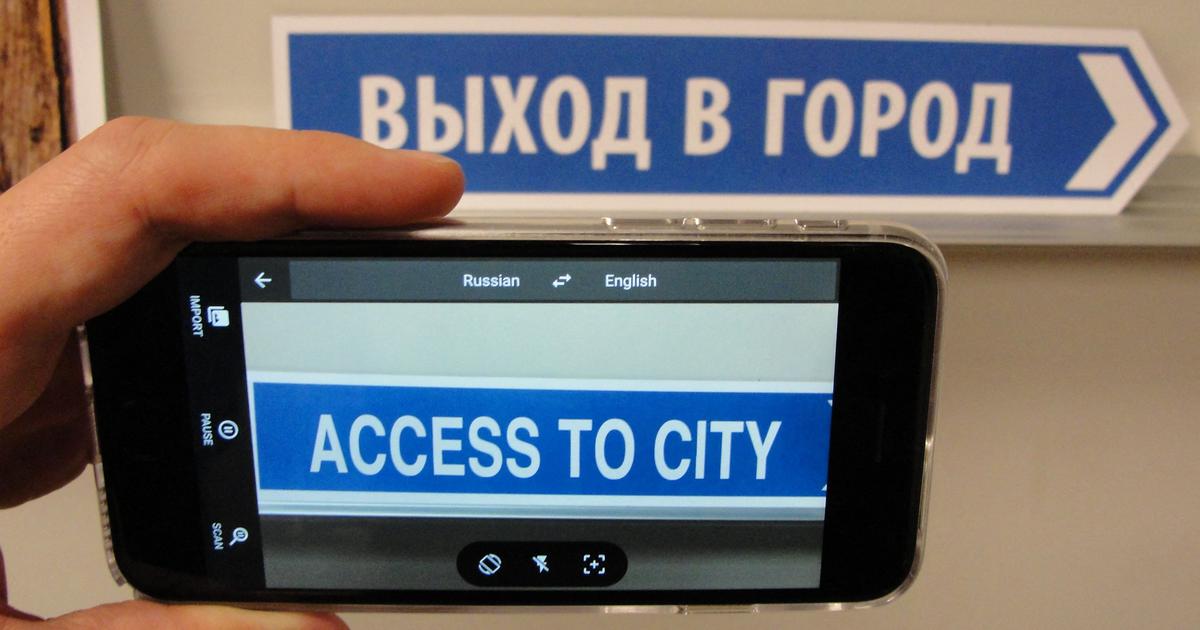TranslaDocs: Introduction
The world of translation is a delicate dance of linguistic nuances, cultural intricacies, and the constant challenge of capturing the essence of one language in another. In the realm of Japanese to English translation, unique complexities emerge, giving rise to interesting phenomena such as the birth of Japanese words from errors in English translation. This article embarks on a comprehensive exploration of various aspects surrounding translation, delving into the cultural impact, language nuances, and the skills required for a seamless transition from one language to another.
1) TranslaDocs: The Evolution of Japanese Words from English Errors
The journey of words from English-speaking countries to Japan has led to the incorporation of numerous terms into the Japanese language. Interestingly, this phenomenon often stems from errors in translation. Take, for instance, the evolution of “elevator” in Japanese. Initially translated as “vertical elevator,” it eventually transformed into simply “elevator.” Such linguistic shifts reveal the dynamic nature of language adoption and adaptation. The article further explores cases where certain English concepts, such as “die hard” from the movie “Die Hard,” face challenges in finding equivalence in Japanese, posing dilemmas for translators.
On the flip side, Japanese culinary terms like “shoyu,” “wasabi,” and “sushi” have seamlessly integrated into English-speaking countries. The linguistic flow between languages reflects the interconnected global culture, where the exchange of ideas and practices extends beyond borders.
The exploration continues by dissecting mathematical terms like “rational,” shedding light on instances where the true meaning may be lost in translation. The article highlights the importance of accurate translation in specialized fields, emphasizing the need for precision to avoid misunderstandings.
2) TranslaDocs: Language Detectives | Can You Tell the Original Language?
One intriguing question arises when reading translated texts: Can you discern the original language? The article navigates through the complexities of identifying the source language when consuming translated content. It contemplates the role of professional translators in ensuring that their output seamlessly blends with the linguistic landscape of the target language.
The distinction between a seasoned translator and a novice becomes apparent in the nuances of language usage. The article touches upon the influence of cultural differences, emphasizing the importance of a translator’s understanding not only of the language but also of the cultural nuances that shape it. It provides anecdotes from a personal perspective, drawing on experiences in a professional setting where translation became a bridge between languages and cultures.
3) TranslaDocs: Translating Nuances | The Art of Balancing Clarity and Accuracy
The heart of the matter lies in the translator’s ability to capture the smallest nuances when translating from English to Japanese. The article explores the multifaceted skill set required for such a task, delving into the intricacies of language construction and the challenges posed by differing thought patterns between Japanese and English.
A significant focus is placed on the translator’s role in maintaining the delicate balance between clarity and accuracy. It discusses the challenges of translating expressions like “Thank you very much for your help,” where cultural nuances come into play. The concept of protocol expressions in English is explored, showcasing the cultural differences that can pose hurdles in straightforward translation.
4) TranslaDocs: Unraveling Nuances| The Translator’s Dilemma
The article further delves into the translator’s dilemma, pondering whether to prioritize clarity or accuracy. It addresses the notion of “nuance” in translation, using examples like the classic English sentence, “This is a pen.” The exploration extends to cultural-specific expressions such as “Itadakimasu,” highlighting the complexities that arise when translating concepts with no direct equivalent in the target language.
5) TranslaDocs: Mastering Thought Patterns | Beyond Sentence-by-Sentence Translation
The final section unravels the intricacies of thought patterns, discussing the challenges of avoiding the influence of Japanese sentence construction in English translations. It delves into the translator’s approach to expressing concepts rather than translating words, emphasizing the importance of understanding the original text at a conceptual level.
The article concludes with reflections on the beauty of linguistic diversity and the appreciation for the differences between English and Japanese. It recognizes the challenges faced by translators in navigating these differences while acknowledging the richness that arises from such linguistic nuances.
TranslaDocs: Conclusion | Navigating the Tapestry of Translation
In the tapestry of translation, each thread represents a linguistic nuance, a cultural subtlety, or a conceptual challenge. This article has taken a deep dive into the complexities of Japanese to English translation, exploring the evolution of words, the detective work involved in identifying the source language, the delicate balance between clarity and accuracy, and the translator’s ongoing battle against the influence of thought patterns.
As the global exchange of ideas continues to flourish, translators play a crucial role in bridging linguistic gaps and fostering a deeper understanding between cultures. In the ever-evolving landscape of translation, the journey to capture the essence of one language in another remains an intricate dance of words, culture, and meaning.




